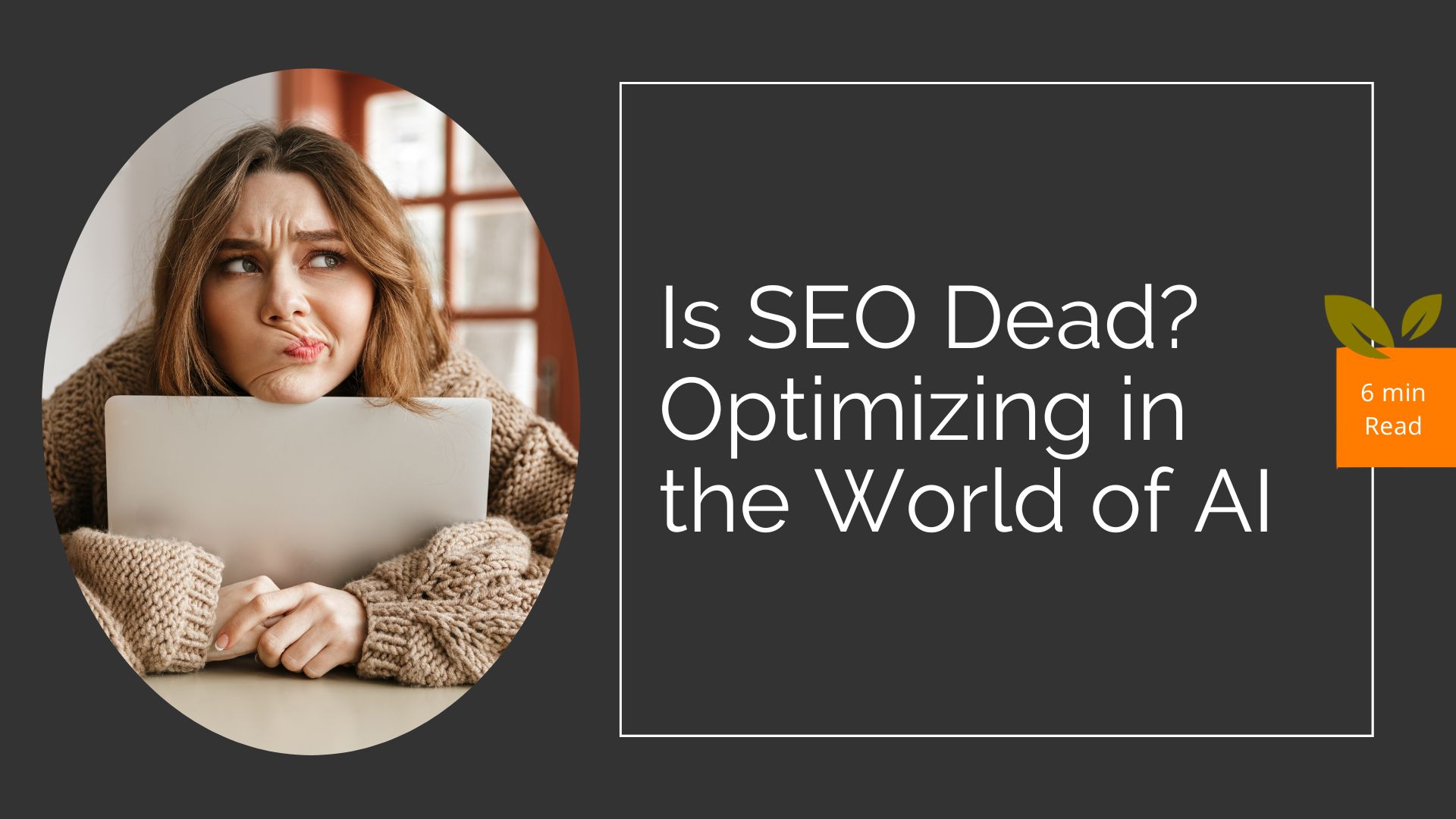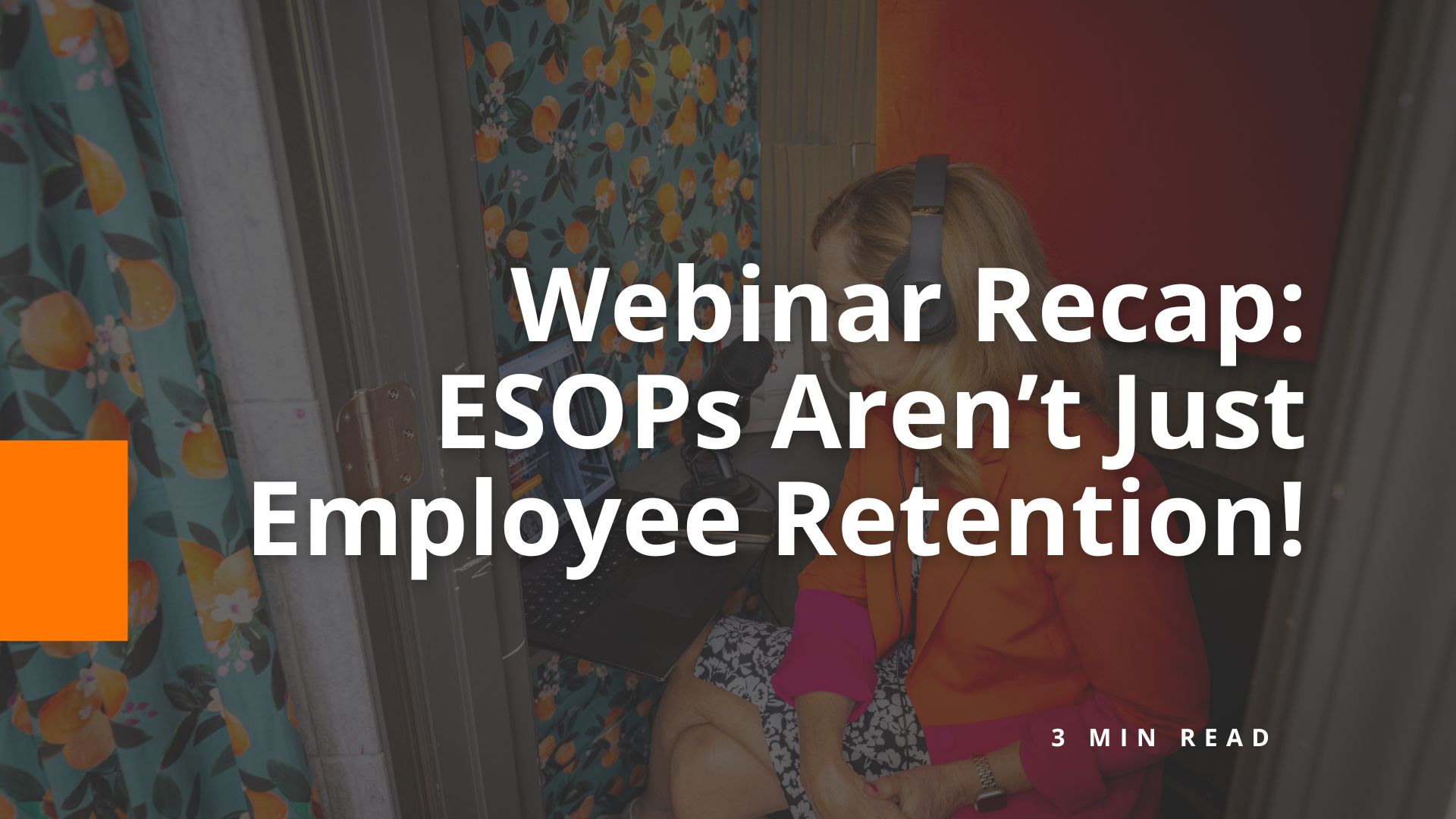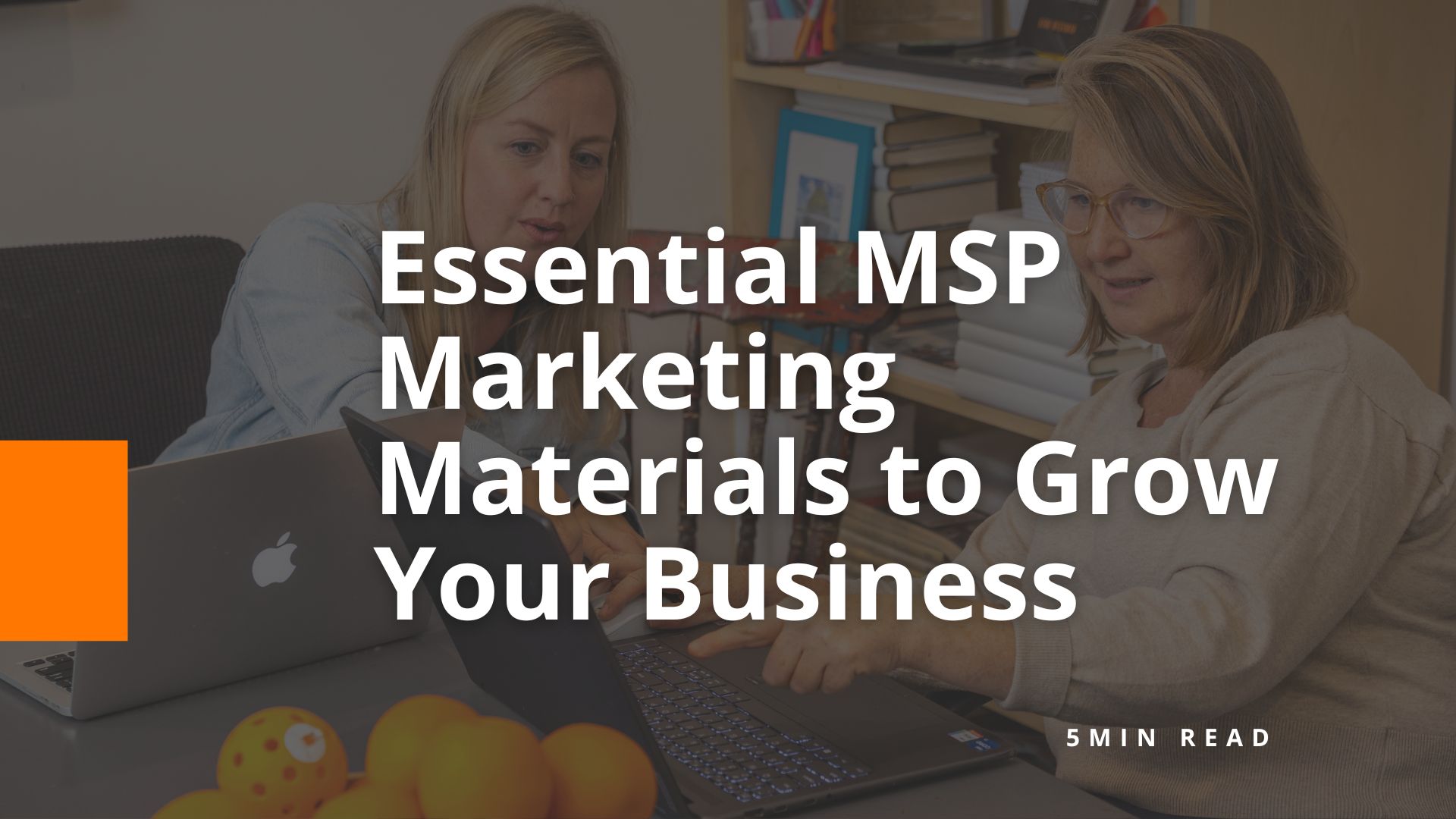Get Found and Grow: SEO Optimized Blogging

So you’re blogging… that’s a great start. You’ve mastered your voice, you’re providing value to your audience and you’ve achieved a regular cadence. But if you aren’t optimizing all that great content for SEO, you are shooting your blog strategy in the foot. It will never be able to run the marathon your business needs to get found. It’s time to learn the basics of SEO-optimized blogging.
Is SEO Dead? A Brief History
But wait, SEO is dead, right? That’s what all the headlines keep saying. Don’t be fooled by headlines designed to disrupt the conversation and get your attention — after all, those businesses are also doing their best to reach their audience (you). At its broadest definition, SEO (or search engine optimization) involves any steps taken to improve content’s ability to rank for a specific keyword.
When SEO was born more than 20 years ago, those optimizations often took the form of trying to trick the search algorithm into favoring your content. The search engines got smarter over time, and so did the SEO strategists. Tactics fell into “white hat” and “black hat” categories, the latter of which could get your site banned from search. White hat tactics evolved from a set of triggers that would dramatically increase your page’s chance to a baseline set of “must haves” you needed to even get in the game. Today, with AI replacing algorithms, it’s never been more difficult to get ranked. But there are still steps you need to take to increase your chances. Those steps are collectively referred to as SEO.
People touting that “SEO is dead” are referring to that finite set of older tactics that are no longer the magic bullet they used to be. But, in our experience with digital marketing, we know that SEO-optimized blogging still needs to be a critical part of your overall strategy.
Original, High-Value Content Is Key
The single most important thing you can do for SEO is to create original content that is of high value to your target audience. That means NOT using ChatGPT to create another “10 Things Your Business Needs to Thrive” article. You need to know your audience. What are their pain points or concerns? What is keeping them up at night? What questions do they need to have answered? Then write content that addresses those concerns. Make it personal and engaging.
Make your audience the hero. Doing so is a key principle of StoryBrand websites but can also be applied to content writing. Don’t talk about your business services and how you solve problems. Empower your audience to understand and solve their own problems.
Optimize Your Content for Search Engines
The best content in the world won’t be indexed if it doesn’t meet some basic criteria. These are easy SEO triggers to pull to give your post the best chance (pulling these triggers alone will not get you ranked — you still need engaging high-value content). Here’s a simple checklist:
- In every blog post, be sure your target keyword appears in the:
- H1
- H2 (at least one)
- First paragraph (not linked to another page)
- Meta title
- Meta description
- URL
- Image ALT tag for at least one image on the page
- Image filename for at least one image on the page
- Include a link to the most relevant pillar page on your site for that topic in the first paragraph. The text that links out cannot contain any part of the target keyword. The easiest way to find the pillar pages is to look at the website header: sections called services, solutions, industries and so on can all contain pillar pages.
- Don’t overuse the main keyword. It should appear four of five times tops in a post of average length. Use alternate keywords as well.
- If you are using a stat or quoting an outside source, include the source and a link in the body copy. Citations add to credibility.
- Check for typos, weird spacing, unusual characters or anything else that might signal to a search engine (or user) that you are not a trustworthy source.
Make Sure Your Content Gets Traffic
Here’s the Catch-22 of ranking for search — if your site has little to no traffic, it is not likely to rank. And it’s hard to get traffic without organic search. One way to drive traffic is with your existing customer base. Create a newsletter and send out links to content on your site that customers will value. Driving newsletter readers to your site should create highly engaged baseline traffic to build from.
Social media is not the traffic driver it used to be, so, while it is important to include social content in your strategy, it won’t have much impact on SEO. (Still, there is some credibility to be gained by having regularly updated social channels that link to your site.)
Apart from blogging, we advise our clients that the best way to build site traffic is often with a paid search campaign. While this isn’t organic traffic, it is traffic. Make sure it is highly relevant traffic to give your site the best engagement and overall boost.
SEO-Optimized Blogging for Business Growth
If you are a business in growth mode, an SEO plan is a must-have. To be most effective, that plan needs to be strategic, consistent and expertly executed. Any content on your site can be SEO optimized, but not all should be. Optimizing pages like “about us,” “careers,” “locations” and other utility pages should take a backseat to the content that your audience is actually searching for. After all, if all your potential customers are already searching the internet to learn more about your brand, you probably don’t need to invest much in SEO. Start with your core service lines (pillar pages) and expand out from there. It’s not an overnight fix. These tactics can take six months or more to bear fruit. But the chances of getting anywhere without them are nonexistent.
Need help? Book a free strategy call to discuss your needs.
Share the knowledge
StoryBrand Website Refresh Positions Shipping Supplies Source for Growth
Our client, SHIP-PAQ, recently received a StoryBrand website refresh and we’re thrilled to announce the launch of their new design. As a trusted shipping supplies…
Explore this TopicMaster Your 2025 Marketing Strategy With the OGSM Framework: Webinar Recap
Planning for an effective marketing strategy for 2025 can seem daunting, but the right framework makes it much more manageable. In our recent webinar, we…
Explore this TopicThe Big 7: Top MSP Marketing Agencies
If you’re like many MSP owners or company leaders, you may find that marketing tasks often fall to the bottom of your to-do list. If…
Explore this TopicNew Launch: StoryBrand Website for Consultants
When TechSolve, a Cincinnati-based manufacturing consulting firm, considered a website refresh, they wanted it to provide visitors with a clear vision of how they help…
Explore this Topic7 Takeaways From Our Webinar: Employee Stock Ownership Plans and Beyond
Our CEO, Margee Moore, recently hosted a webinar with Intrust IT’s CEO, Tim Rettig. Tim is an experienced leader in mergers and acquisitions and employee…
Explore this Topic8 MSP Marketing Materials You Didn’t Know You Needed
As a managed service provider (MSP), you’ve likely spent countless hours perfecting your service offerings and building strong relationships with clients. But have you ever…
Explore this Topic12 Tips for Getting the Most From Your Content Marketing Service
Marketing for your business shouldn’t feel like dragging rocks uphill. If you’re investing in a content marketing service, you want to ensure every effort counts…
Explore this TopicNew StoryBrand Site Launched for Hospitality Technology Consulting Company
When our long-term client, ATC, decided to expand their hospitality sector with a new brand — ATC Hospitality — they needed a website tailored to…
Explore this Topic









